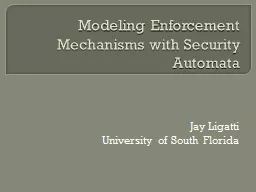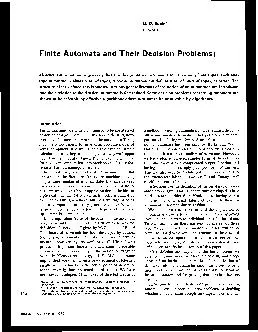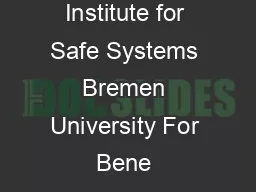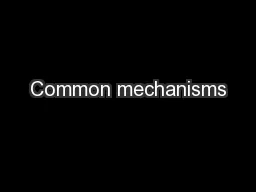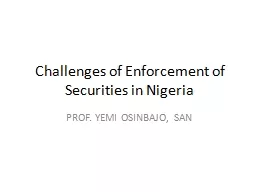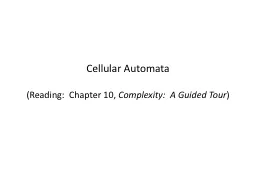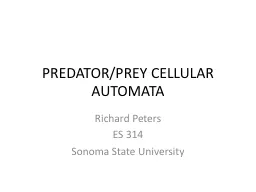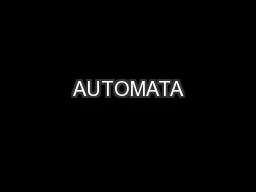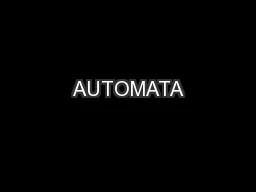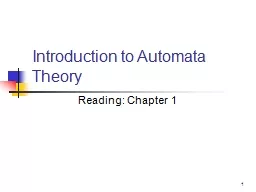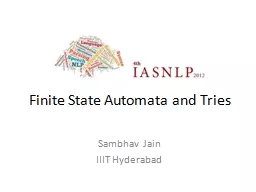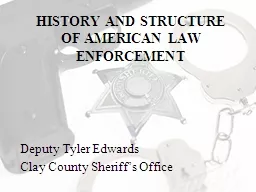PPT-Modeling Enforcement Mechanisms with Security Automata
Author : luanne-stotts | Published Date : 2017-10-05
Jay Ligatti University of South Florida Runtime Enforcement Mechanisms for Software Interpose on the actions of some untrusted software Have authority to decide
Presentation Embed Code
Download Presentation
Download Presentation The PPT/PDF document "Modeling Enforcement Mechanisms with Sec..." is the property of its rightful owner. Permission is granted to download and print the materials on this website for personal, non-commercial use only, and to display it on your personal computer provided you do not modify the materials and that you retain all copyright notices contained in the materials. By downloading content from our website, you accept the terms of this agreement.
Modeling Enforcement Mechanisms with Security Automata: Transcript
Download Rules Of Document
"Modeling Enforcement Mechanisms with Security Automata"The content belongs to its owner. You may download and print it for personal use, without modification, and keep all copyright notices. By downloading, you agree to these terms.
Related Documents

